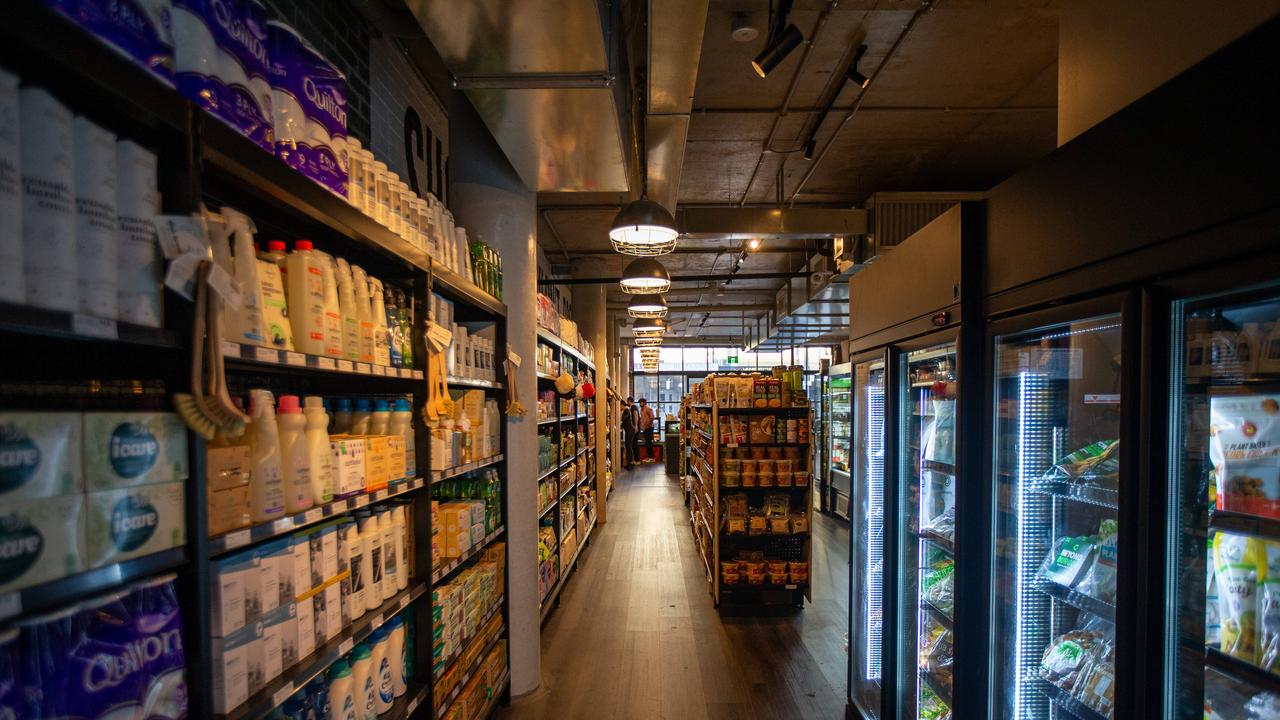‘Perfect storm’ sees almost 1000 businesses collapse each day
New data has unveiled the most significant annual exodus of businesses from the economy since records began.

Almost 1000 businesses are closing every day on average across Australia, with the number of employers shutting up shop now reaching its highest recorded annual rate in four years.
Fresh data from the Australian Bureau of Statistics released on Tuesday showed that in the 12 months to June 2023 the number of businesses across the country grew by just over 406,000, but more than 386,000 stopped trading.
The number of new businesses created has fallen sharply since the 2021-22 financial year, when the amount of new enterprises created surged past 470,000.
While this meant the overall number of businesses in financial year 2022-23 increased by approximately 19,000, this was the lowest level recorded since the series began in 2019.

Small and micro businesses were the hardest hit by closures, with the total number of firms employing 1-4 staff falling by 1.8 per cent.
The data also revealed that business entries and exits differed substantially across the country.
Victoria was the only state to record an overall decrease in the number of businesses, with business exits outstripping business entries for the first time. A net-loss of 7,606 businesses was recorded across the state.
But the new data wasn’t all bad news – Queensland saw an overall increase of more than 11,000 businesses in the year to June.
Council of Small Business Organisations Australia, chief executive, Luke Achterstraat said the figures were indicative of the “perfect storm” small businesses were experiencing as soaring energy costs, rising interest rates, and high insurance premiums battered employers.
“These figures really emphasise the reality of how difficult it can be for businesses, particularly small businesses, to remain viable and to remain open to trade,” he said.

“In this tough operating environment, which is really marked by high costs and competitive uncertainty, what we’re saying to government is that every lever available to help alleviate cost pressure needs to be pulled.
“We don't need new policies that bring further costs – the onerous industrial relations [changes]. This is the worst possible time to bring in productivity zapping policies.”
Mr Achterstraat also hit out at the Victorian government for its recent cancellation of the Commonwealth Games which he claimed would have provided the state’s small businesses with a much-needed boost.
“It’s ironic that the Commonwealth Games has been cancelled because there would have been hundreds of millions of dollars of contracts awarded to small businesses.

“That's really not ideal timing, when you’re already seen small businesses against the wall in Victoria,” Mr Achterstraat said.
Victorian Chamber of Commerce and Industry head Paul Guerra pointed to a “dip in confidence” in the state that was making conditions more challenging for business.
“The last 12 months have clearly been tougher on business,” Mr Guerra said.
“It’s unsurprising when you see the business circumstance and environment down in Victoria, that we’re starting to see these numbers.”
The VCCI head called on government to refocus its support for enterprise so that the decline in business numbers did not precede a longer-term trend.
“The opportunity now is to arrest that before it goes too far. So we need government to obviously rethink how they support our business to make sure that we get more through.”
“Without the private sector, there won't be the private sector businesses, there won’t be the employment opportunities for people.”
The business entries and exit data follows new insolvency numbers released by ASIC last week that showed 995 business collapses had been recorded since the start of July.
Between 2017 and 2019 the number of insolvencies averaged 8060 per year. During the COVID-19 pandemic from January 2020 and September 2022, however, insolvencies fell 53 per cent to an annual average of 5259.
But in recent months, higher interest rates, anaemic consumer spending and the end of temporary pandemic-era subsidies have seen insolvency numbers spike, returning to their longer term pre-pandemic average.



